How Many Laser Treatments For Poikiloderma
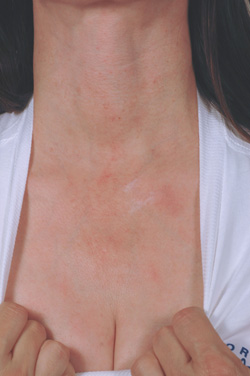
Number of Laser Treatments for Poikiloderma Clarified Poikiloderma is a term that is used to describe sun damage (photo-damage or photo-aging) to the sides of the neck and chest area. Photo-damage leads to brown and red discoloration that gives a rough or ruddy appearance to the skin on the chest. As the texture of the skin on their chest […]
Can I Fake Tan and Have Laser Treatment?
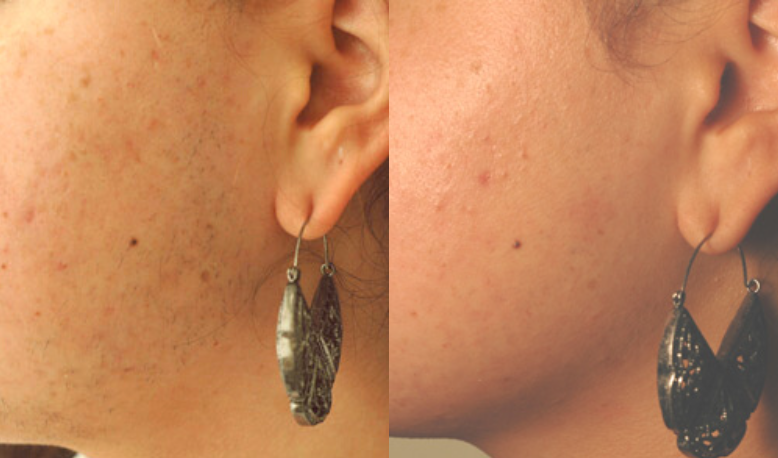
This is a question that we hear all the time from our patients! We think it’s great that more and more people are forgoing the tanning bed and the sun and opting for the much safer choice of a self-tan instead. Although it may be the safer choice regarding your risk of developing skin cancer, […]
Making Sense of Laser Types and Wavelengths
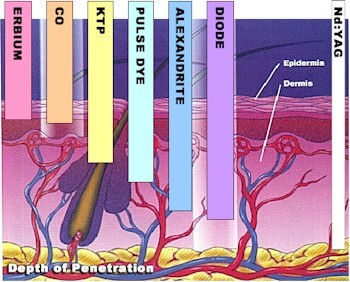
Laser dermatology is a relatively young, but quickly growing field. Until about 2005, it may have been difficult to find a “laser center” that offered multiple different laser technologies and procedures. But, if you’re thinking that practicing laser medicine is “easy” since everyone’s doing it…. think again! Laser medicine requires a significant amount of training […]
Will Acne Scars Improve After Laser Treatments

It is a proven fact that our skin and tissue continues to respond and improve even when laser treatments have finished. This is based on a known theory called “the lag effect.” The lag effect refers to how our bodies continue to make collagen to improve the texture of the skin after the laser treatments […]
How Many Treatments Will I Need for Laser Hair Removal?
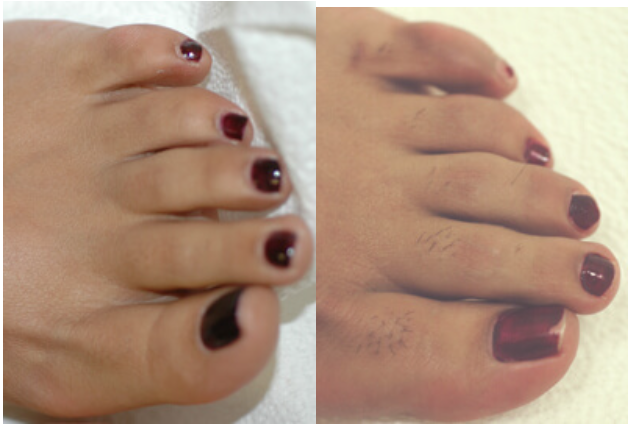
Get the Best Results: Laser Hair Removal Tips As experts in laser hair removal, we can tell you that not all laser hair removal programs are equal. At Celibre Medical, we have developed proven, effective laser hair removal treatment programs that allow our patients to enjoy between a 75% and 95% permanent reduction of their […]
What is Coolbeam Laser?
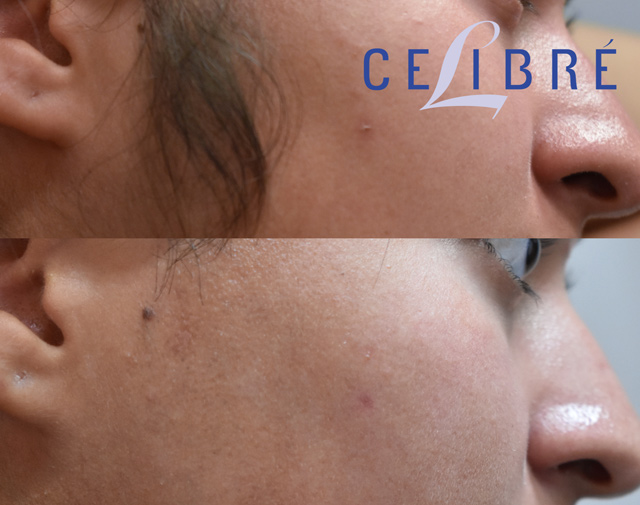
What is Coolbeam Laser? Treatment | Before and After Pictures | Cost We know that trying to make heads or tails of all the laser information out there can be difficult if not impossible for the average person. The recent advances and breakthroughs in laser medicine are amazing and the number of devices and the […]
Lasers For Rosacea Treatment
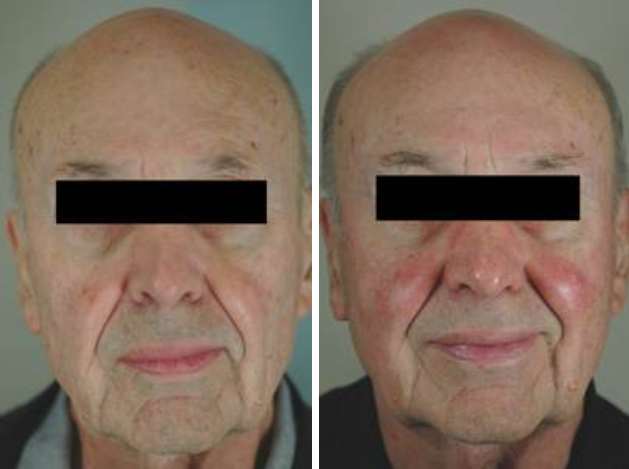
Revitalize Your Skin: Laser Treatment for Rosacea Millions of American adults like you suffer daily with the embarrassing redness and acne-like breakouts of Rosacea. It’s a common skin condition that usually affects those with fair skin types. Although many different oral and topical prescriptions exist for the treatment of Rosacea, none is 100% effective. Rosacea […]
Do Lasers Work For Stretch Marks?
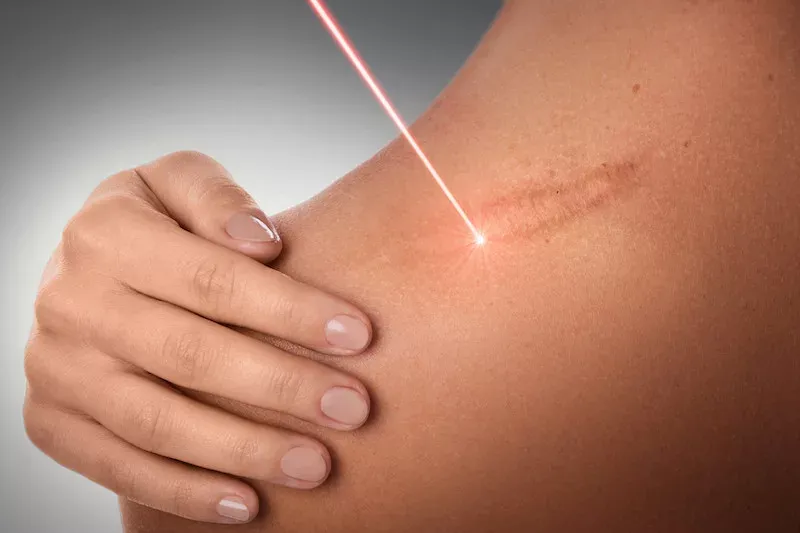
Understanding Laser Treatment for Stretch Marks Here at Celibre Medical, this is a common question. We hear it from our patients nearly every day! And while the question is nearly the same from everyone who asks it, the answer isn’t. The preferred question to ask is, “Am I a good candidate for laser treatment of […]
How Does Laser Hair Removal Work
View All Blogs Now that you have an understanding of how laser hair removal works, there are several other very important factors you should understand before getting laser hair removal. The body has amazing ability to heal the blood vessels that feed the hair so the process of closing them takes repeated treatments over an […]
Laser Hair Removal for Ingrown Hairs

If you’ve got ingrown hairs, you know that they not only look bad, but they hurt too! These painful, tender, red, raised bumps are common on the face, scalp and body usually after shaving. Ingrown hairs can be mistaken for acne, lead to more severe skin problems like folliculitis (infection of the hair follicle) and […]
What is a Cherry Hemangioma?

We know you’ve seen them—those tiny, bright red bumps on your tummy, chest, back, arms or legs. They seem to pop up overnight, and you’re wondering if they’re okay? They’re called cherry hemangiomas (or angiomas) and they are extremely common. They also go by the names spider hemangiomas (or angiomas) and blood freckles. Even though […]
Will Lasers Completely Remove Stretch Marks
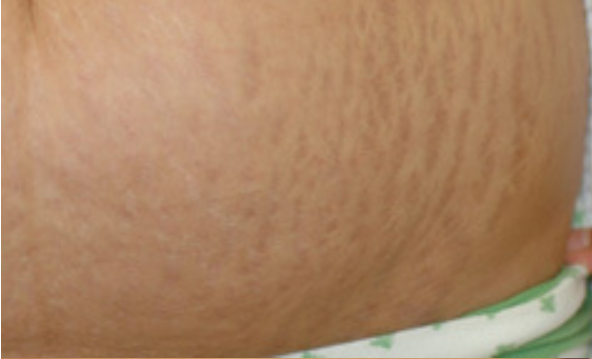
This is a common question and misconception. Like many skin conditions, the goal of laser stretch mark removal is improvement rather than complete removal. Although there are many practitioners that utilize more than one laser to treat stretch marks, it is misleading to suggest that stretch marks can be completely removed – regardless of the […]
How Long Does Laser Hair Removal Last
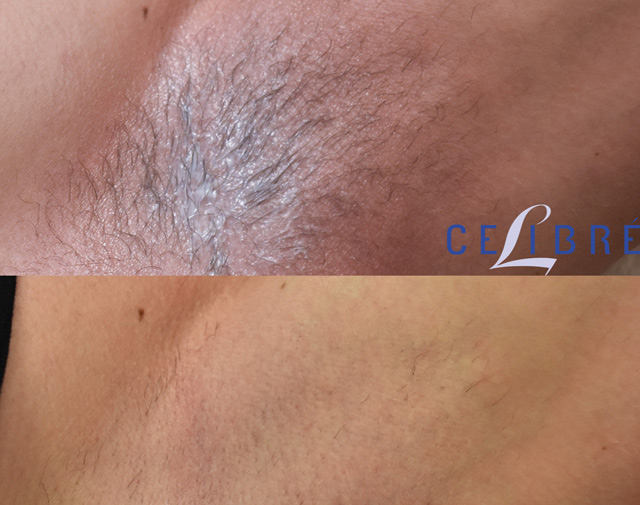
When done correctly, laser hair removal lasts forever. Permanent hair removal is the end goal, and in our practice, permanent removal of 75% – 95% of the hair with color and coarseness is typically achieved in 6-8 visits. Does all the hair go away? There are several factors that help determines How Long Does Laser Hair Treatment […]
Tattoo Removal Prices

What are your tattoo removal prices? Potential tattoo removal patients frequently ask this question when they call our facility, especially those who have limited time due to work constraints. While we would love be able to quote exact tattoo removal prices over the phone, in most cases it is impossible for a number of reasons. […]
Can Laser Treatment Darken Permanent Makeup?

Permanent makeup is just like any other tattoo – sometimes your tastes and preferences change, and you decide that you no longer like it. If you fall into this category, it’s okay! We’ve helped thousands of people just like you who want their permanent makeup removed with laser treatment. The process is almost exactly the […]
